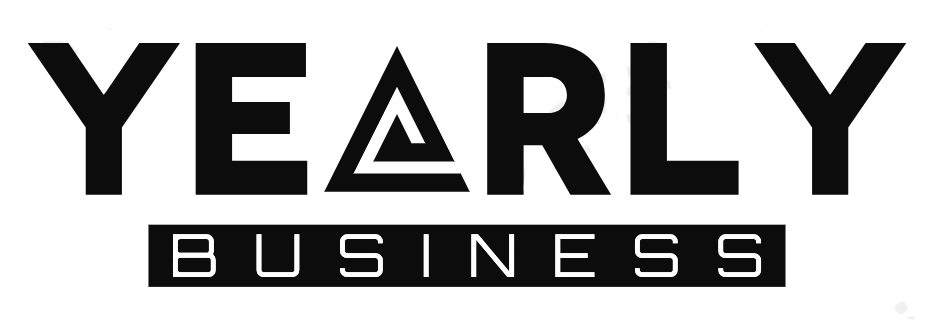What is a Cut Sheet: Your Key to Product Information

Ever stood in the aisles, lost amidst a sea of choices, wondering if that construction material or gadget was truly the right fit for your project?
If you’ve ever yearned for a guiding light through the maze of products, you’re not alone. Enter the world of ‘cut sheets’ – your compass in the bewildering world of specifications.
Uncover how these unassuming documents hold the power to transform your decision-making, ensuring you never wander lost again.
Introduction
In today’s fast-paced world, making informed decisions is crucial, whether you’re a construction contractor, engineer, manufacturer, or even a homeowner looking to purchase appliances. The key to these informed decisions often lies in a document known as a cut sheet. In this article, we’ll delve into the world of cut sheets, also known as data sheets, technical data sheets, or specification sheets, and discover how they play a pivotal role in various industries.
What is a Cut Sheet?
A cut sheet, as mentioned earlier, is a comprehensive document that serves as a condensed source of information about a product, material, or piece of equipment. Its primary purpose is to provide users with a clear overview of the item in question, helping them make informed choices and ensuring projects meet the desired specifications.
The Key Components of a Cut Sheet
A typical cut sheet comprises several essential elements, each designed to provide users with a comprehensive understanding of the product. These components include:
1. Product Name and Model Number
The first piece of information you’ll find on a cut sheet is the product’s name and model number. This ensures clarity and helps users quickly identify the product they’re interested in.
2. Manufacturer
Knowing the manufacturer is essential for various reasons. It establishes trust, as reputable manufacturers often produce higher-quality products. Additionally, it aids in warranty claims and customer support.
3. Physical Characteristics
Cut sheets delve into the physical attributes of the product. This may include dimensions, weight, and any other relevant physical details that might impact the product’s suitability for a particular application.
4. Performance Specifications
Understanding a product’s performance capabilities is crucial. Cut sheets provide valuable data on aspects such as power, capacity, and efficiency, enabling users to assess whether the product meets their specific requirements.
5. Material Composition
In many cases, the material used in a product can make a significant difference in its performance and longevity. Cut sheets outline the materials used, allowing users to evaluate the product’s suitability for their needs.
6. Installation Instructions
For products that require installation or assembly, cut sheets often include step-by-step instructions. These instructions help users ensure proper setup and functionality.
7. Safety Warnings
Safety is paramount in any industry. Cut sheets provide important safety information and warnings associated with the product, ensuring users are aware of potential risks and can take necessary precautions.
8. Warranty Information
Cut sheets typically detail the product’s warranty information. This is essential for users to understand the manufacturer’s coverage and any potential limitations.
Practical Applications of Cut Sheets
Cut sheets find application in various industries, playing a crucial role in decision-making and project execution:
1. Construction Industry
Construction contractors rely on cut sheets to select the right materials for their projects. For instance, a cut sheet might help them choose the ideal type of concrete for a particular construction job.
2. Engineering
Engineers use cut sheets extensively in their designs. Whether it’s designing a bridge or any other structure, having precise information about materials and equipment is fundamental to the success of a project.
3. Manufacturing
In the manufacturing sector, cut sheets assist in the selection of materials for new products. For example, a manufacturing company might use a cut sheet to choose the right type of steel for a new product line.
4. Homeowners
Even homeowners can benefit from cut sheets when making significant purchases. Whether you’re shopping for appliances or home improvement materials, a cut sheet can help you compare different options and make an informed choice.
Conclusion
In a world where information is power, cut sheets serve as invaluable tools for making educated decisions. Whether you’re a professional in a specialized field or a homeowner looking to upgrade, understanding the information provided in a cut sheet can save you time, money, and potential headaches. So, the next time you come across a cut sheet, take a moment to explore it thoroughly; it might just be the key to a successful project or purchase.




